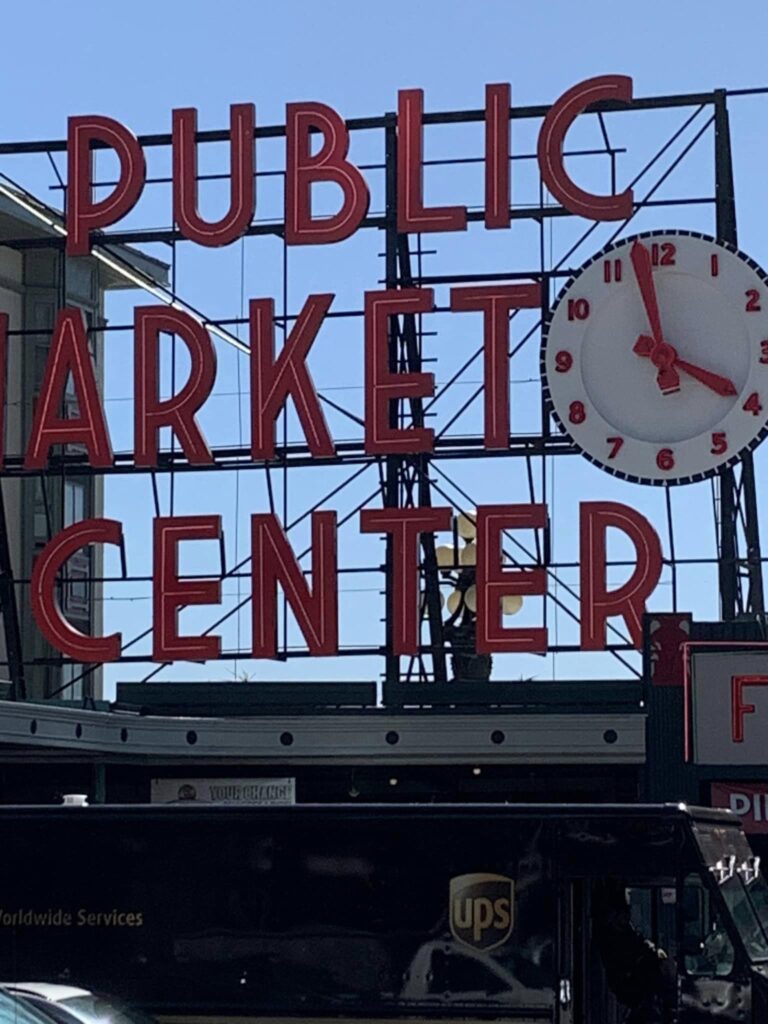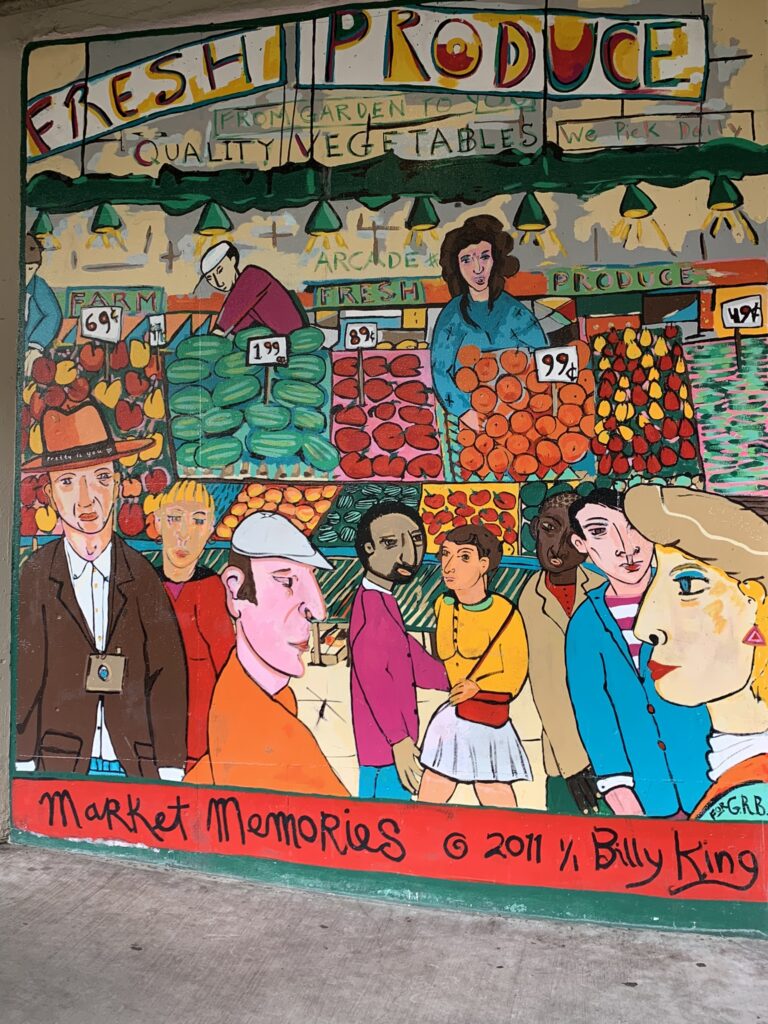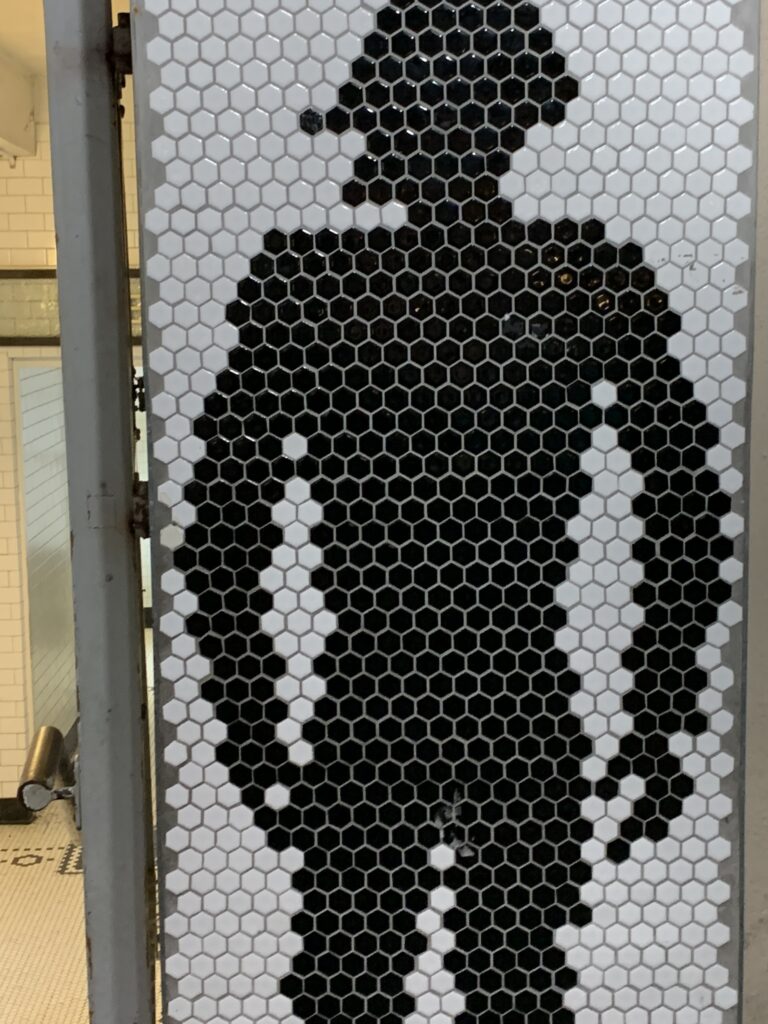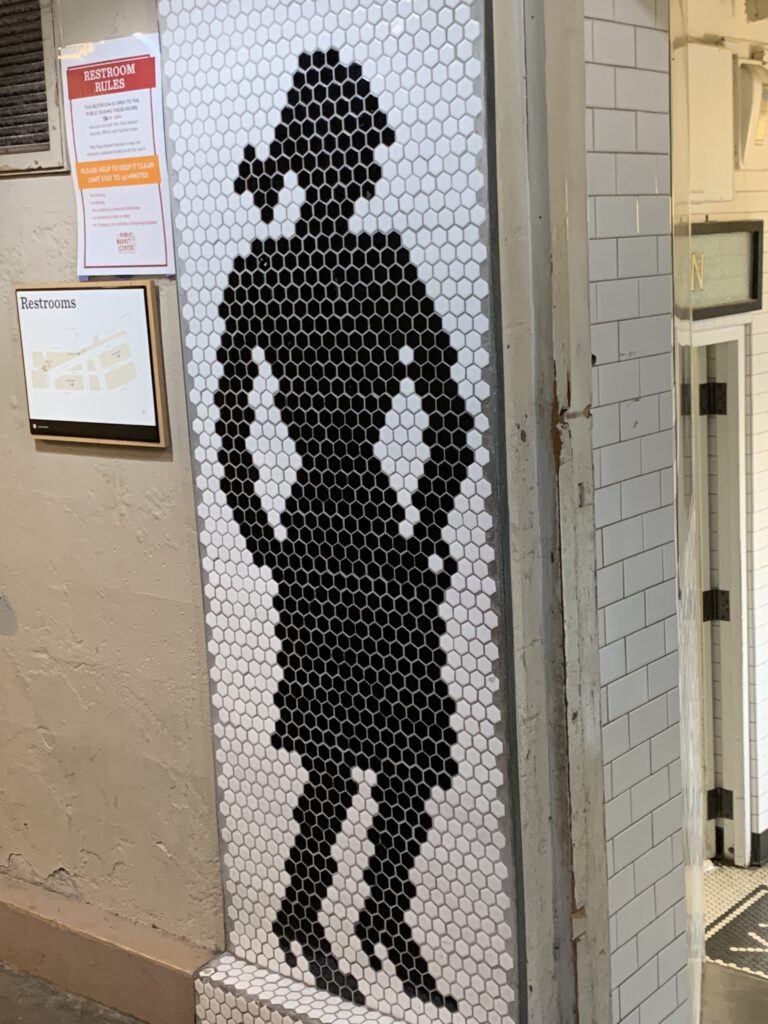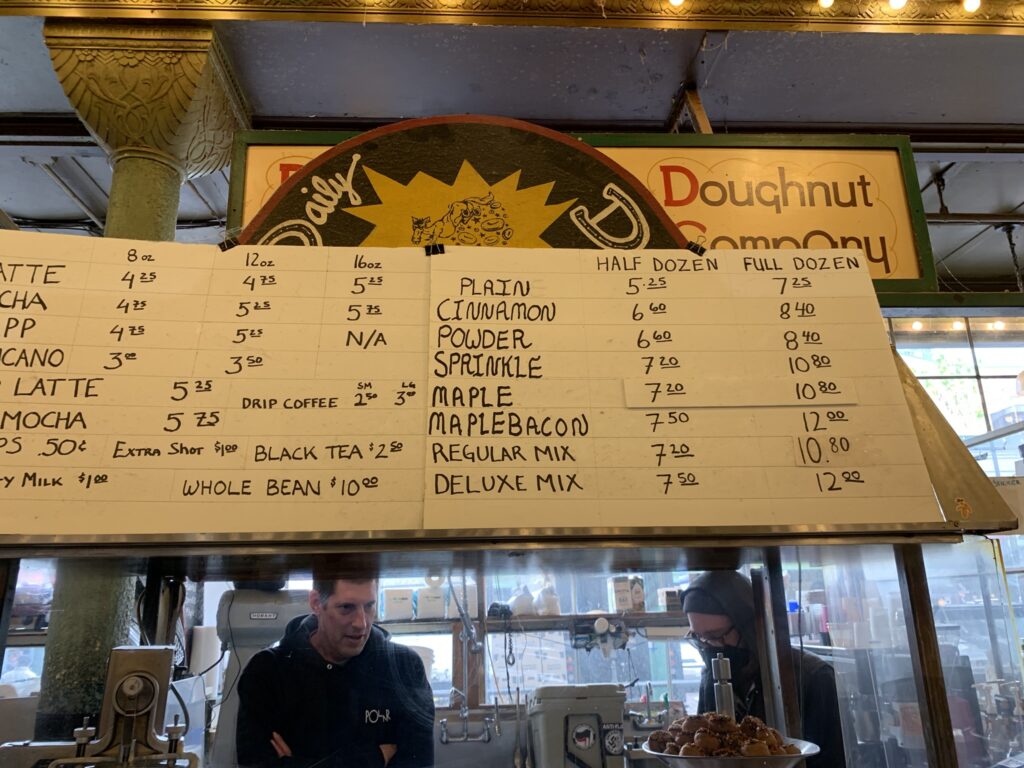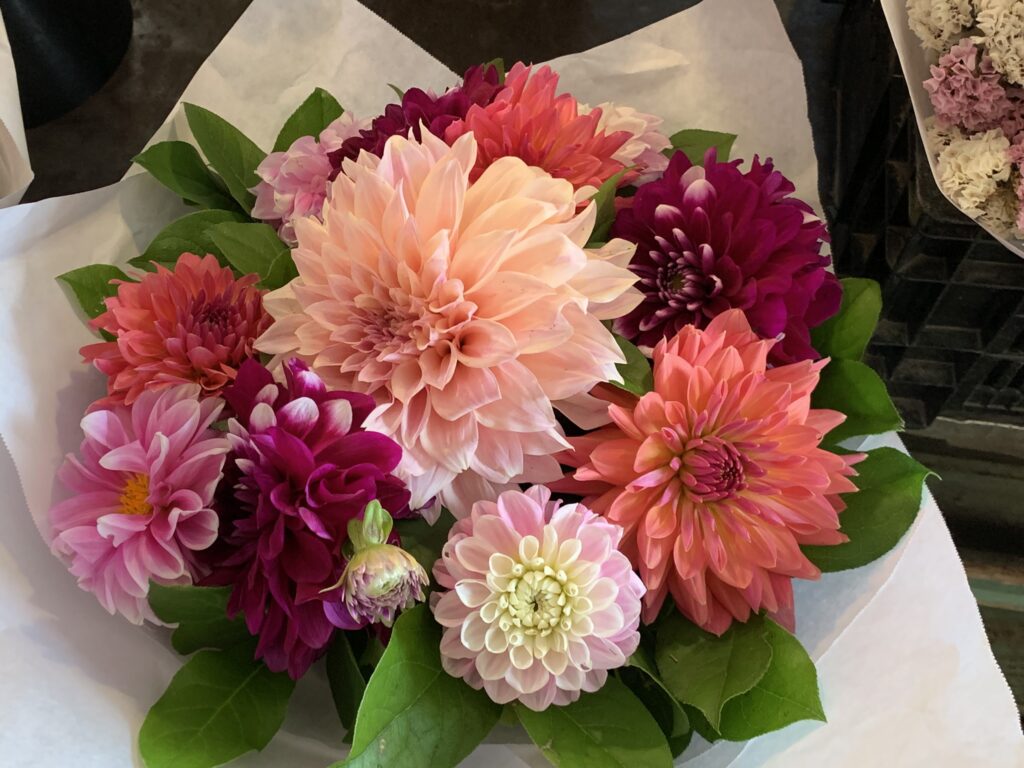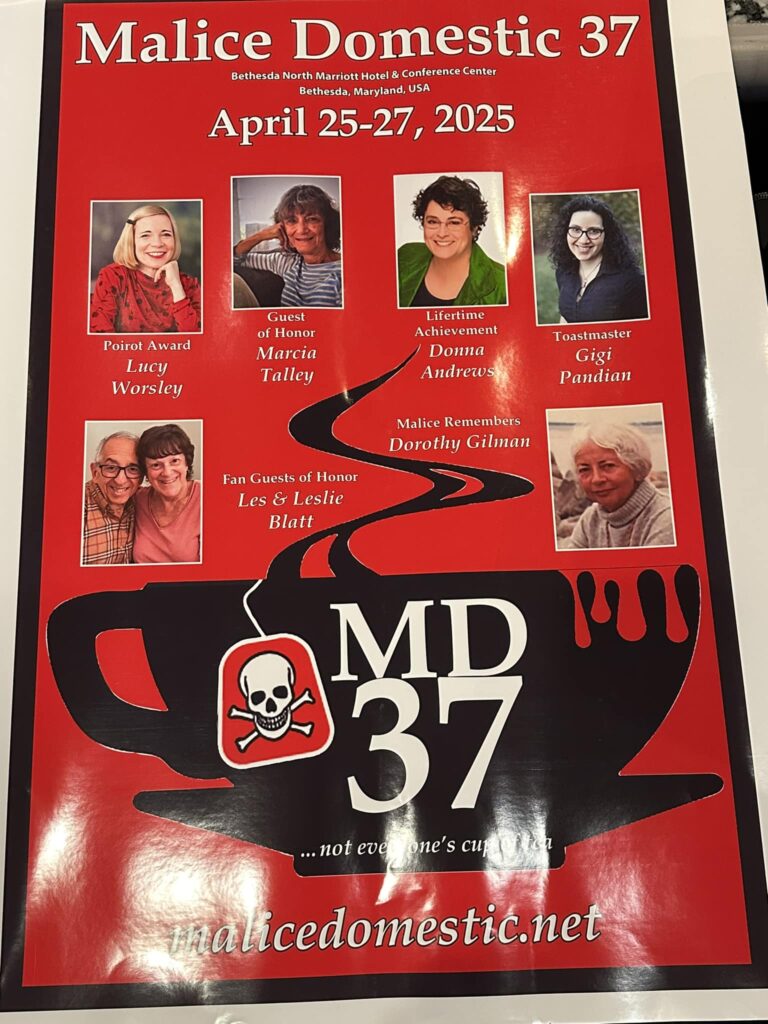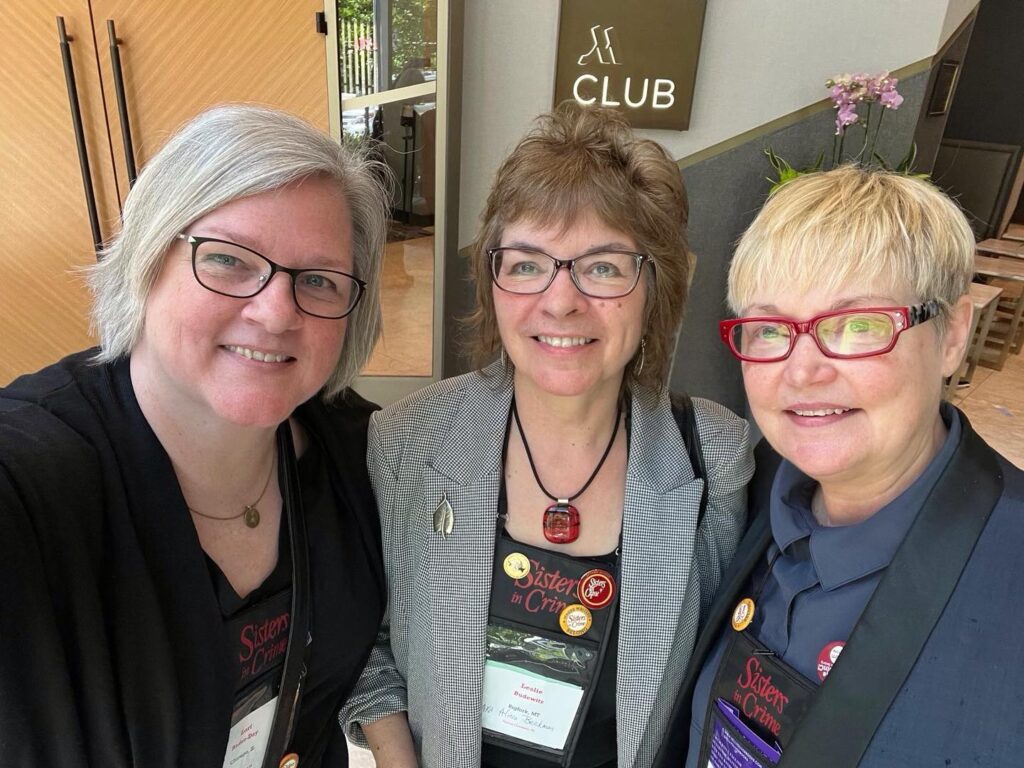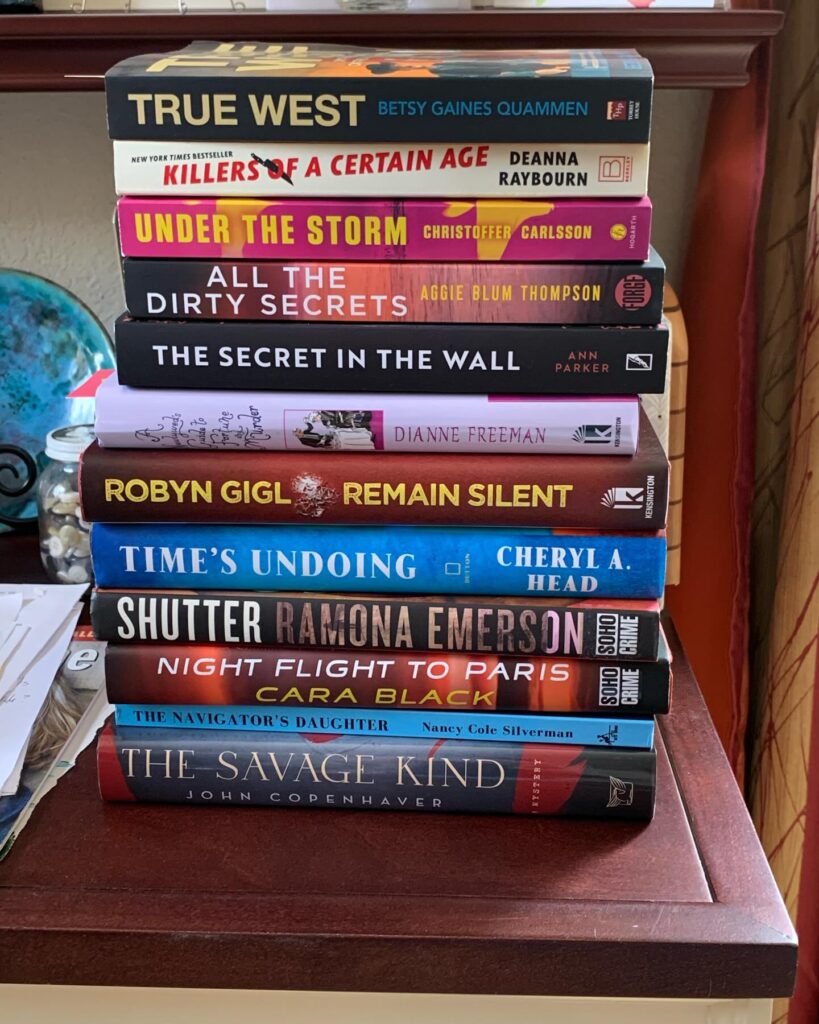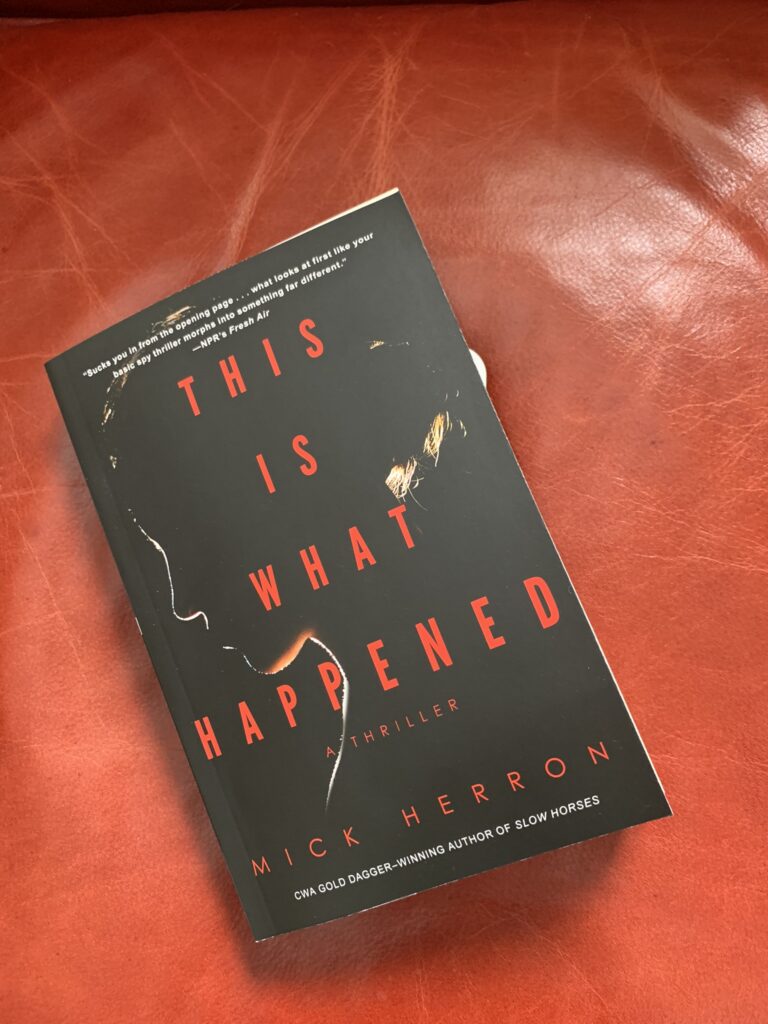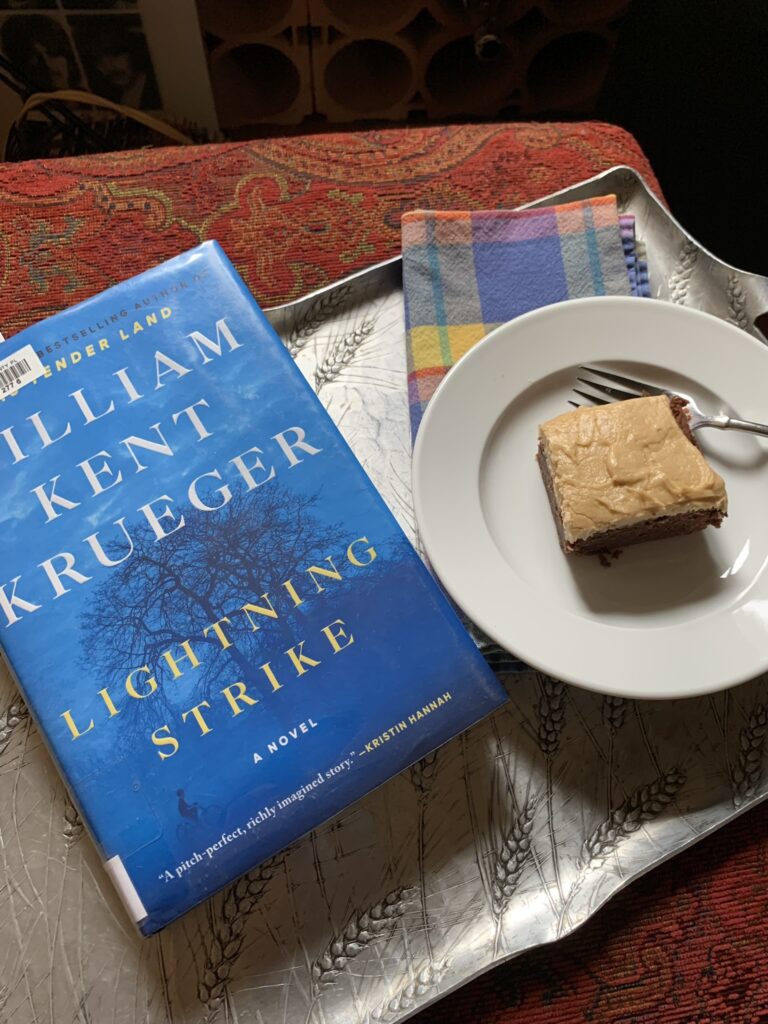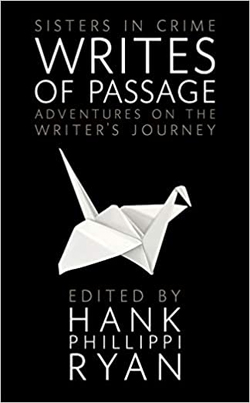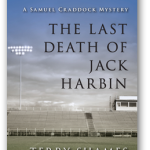An edited version of this essay appeared in the program for Left Coast Crime 2024: Seattle Shakedown, held April 11-14 in Bellevue, Washington. There wasn’t time for me to take readers to the Market and show them some of the places I love, so I’m grateful to have been asked to contribute this piece. (All the photos are mine.)
Pike Place Market: Magic in the Heart of the City, by Leslie Budewitz
“This market is yours. It is here to stay and there is no influence, no power, no combination and no set of either political or commercial grafters that will destroy it.”
—Seattle City Councilman Thomas Revelle, dedicating Pike Place Market on November 30, 1907
I fell in love with Seattle’s Pike Place Market as a wide-eyed college freshman just a few years after residents voted to save the Market from “urban removal.” It was funky and vibrant, and I adored every inch of it. I made it my mission to eat my way through the place, and since it’s constantly changing, I’ll never be finished.
In the late 1970s, not every corner was clean; not every pillar and post stood upright. The Market is an amalgam of buildings erected over the decades bearing history-laden names like the Economy Market, the Sanitary Market (no horses allowed!), and the Soames/Dunne Building. Suburban growth and the economic downturn that hit the city hard had taken their toll. Many farm stalls and shop fronts stood empty. Some days, it’s said, pigeons outnumbered potatoes.
Will the last person leaving Seattle turn out the lights?
—1970s billboard
After a years-long public campaign, voters approved the creation of the Pike Place Market Historical District in 1971, later the first mixed residential and commercial use project named to the National Historic Register. The mission was clear: Preserve Seattle’s history. Foster the direct link between the region’s farmers and food producers to the community they fed. Provide public services and low income housing. And do it with Northwest style!
And while the Market was coming back to life, a few ghost stories emerged as well: The early Market Master who wore a top hat and loved to dance and who, some say, can still be seen dancing past upper story windows. The orphaned stable boys who slept in the hallways and now occasionally toy with shop merchandise at night. The ghosts of men murdered for bounty money who haunt the old mortuary, but are appeased by a pitcher of beer left out at night.
When I was a college kid trekking down the hill from Seattle University to prowl the cobbled streets, behind-the-scenes renovations were upgrading the structures and utilities. The Preservation and Development Authority was busy ensuring that farmers could sell their produce, fishermen their catch, bakers their breads and rolls. The PDA helped stabilize and grow existing businesses and incubate new ones. They created the network of arts and crafts vendors who fill the daystalls in the Main Arcade, and established funding sources for the community foundation that provides social services.
Later, as a young lawyer working downtown, I developed a simple routine: Twice a week, I walked to the Market. Bought a slice of pizza at DeLaurenti’s on the corner of First and Pike. Stood at the newsstand browsing newspapers and magazines from around the world with my eyes—hands off until my pizza was gone. Strolled down to Market Spice for a sample cup of tea redolent with orange and cloves. Watched salmon fly at Pike Place Fish, where men (and later women) in rubber boots and aprons sang, joked, and tossed the catch threw the air. (“Crab for Montana!” they called back and forth when my visiting mother made a purchase. She was mortified and delighted.) I tasted food and flavors I had never known.
Then I went in search of a cookie, nibbling while listening to street-corner musicians, marveling at the man who rolled his painted piano along the sidewalks. I bought books and scarves from merchants in the lower levels known as “Down Under” and earrings and a Hmong quilted pillow from Market artists. I bought fruit and vegetables, bread and cheese and coffee, and occasionally, flowers.
The Market is home to more than seventy-five farmers, two hundred shops and restaurants, two hundred craftspeople known as daystallers, a score or more of buskers ranging from musical trios to balloon artists, and nearly five hundred residents, all on nine acres. Not to mention ten million visitors a year.
—Between a Wok and a Dead Place, by Leslie Budewitz
As Seattle has changed, so has the Market. Neighborhood groceries offer more variety than in years past. Weekend farmers’ markets dot the city. But Pike Place—which is both the main street and the name locals use—continues to thrive. The focus remains a direct-to-consumer farm connection, served up alongside a dizzying array of shops and restaurants. Artistic delight has become a bigger part of the experience. Light fixtures take the shape of cast aluminum figures who climb the walls, globes in hand. Tile walls celebrate flora and fauna. No one knows the point of the disgusting bit of psychogrunge that is the Gum Wall, but it adds color and story nonetheless.
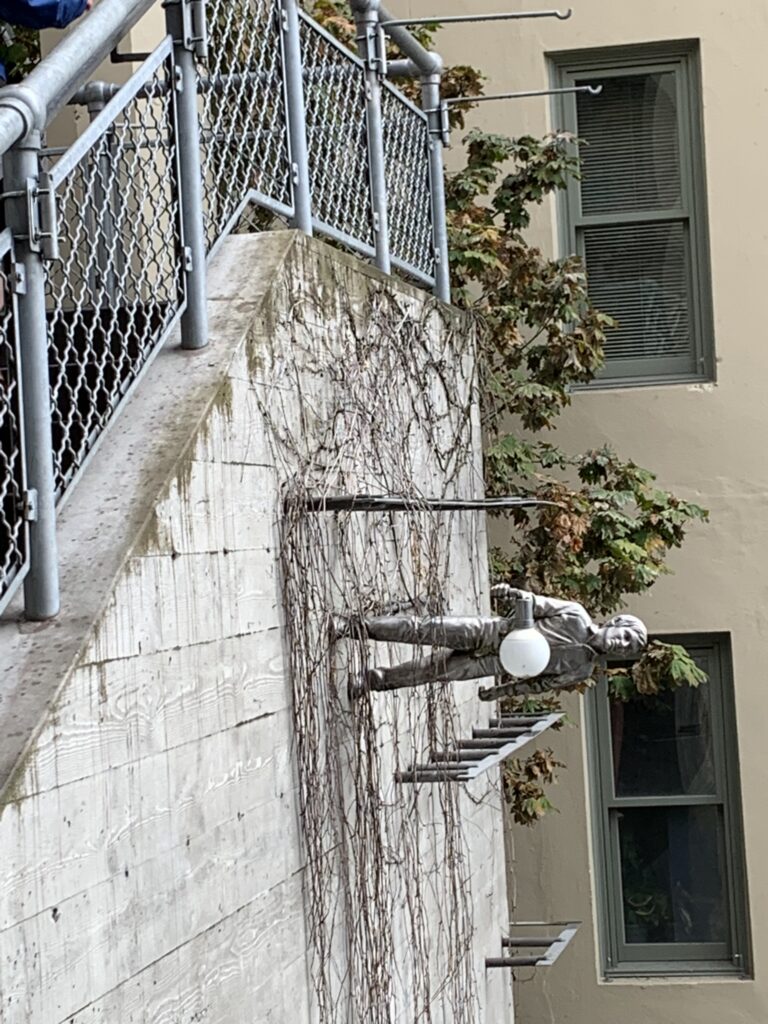
My Spice Shop mysteries are an example of the urban or city-based cozy, a subgenre built around a community within a community. The Market embodies that perfectly. My goal has always been to convey the literal and figurative flavor of the place. To create a world where the reader can taste the food, meet the people, and smell the salt air tinged with coffee and salmon, all while absorbed in a mystery that means something, in a story that could be set nowhere else.
“It’s the Market. Anything can happen here.”
—Pepper Reece, in Assault and Pepper, by Leslie Budewitz
After more than a century, Pike Place Market remains the heart and soul of Seattle—and its stomach. I hope you’ll make a visit while you’re here, on foot or on the page, to experience the magic for yourself.
Leslie Budewitz lives and writes in NW Montana, but a piece of her heart will always walk beside the ghosts along the cobbles of Pike Place.

